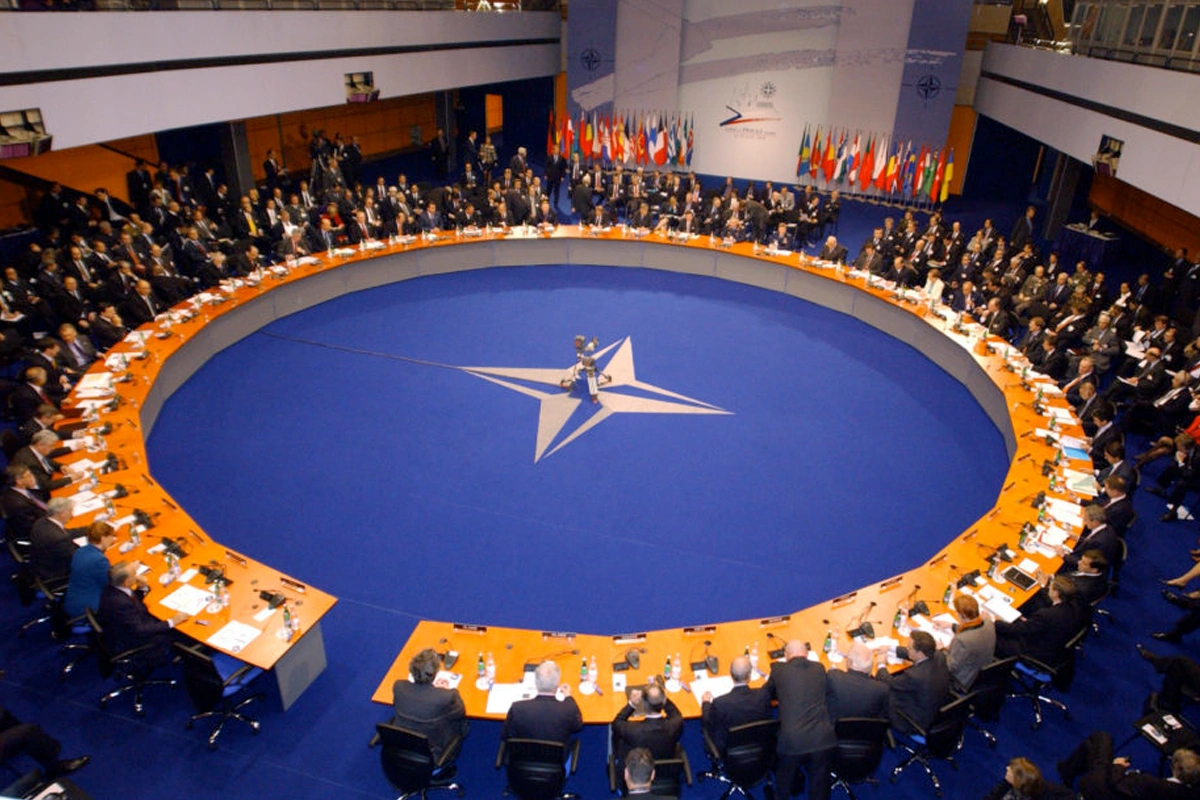All 32 NATO member countries are set to meet the long-standing target of allocating at least 2% of their GDP to defense this year, according to new figures released in Brussels.
This goal was established in 2014 following Russia’s annexation of Crimea, and several nations, including Belgium, Canada, Spain, and Italy, had lagged behind for years. Meeting it has required a decade-long fiscal effort, but now member states are aiming even higher.
At the NATO summit in The Hague in late June, leaders committed to gradually raising defense spending to 3.5% of GDP by 2035, along with an additional 1.5% of GDP dedicated to security-related expenditures, such as infrastructure and logistics. Together, these commitments total 5% of GDP per member country, representing hundreds of billions of euros. NATO estimates that defense spending alone will exceed $1.5 trillion in 2025.
NATO Secretary General Mark Rutte warned that Russia could launch a “victorious” attack on Europe within the next three to five years if these measures are not implemented. However, the 5% GDP commitment drew criticism, with Spain emphasizing that its 2% allocation is sufficient to meet its strategic objectives.
Poland remains the NATO country spending the highest share of GDP on defense at 4.48%, while the U.S., with 3.22%, leads in absolute spending. The alliance is expected to use these increased resources to strengthen deterrence against Russia, ensuring strategic stability across Europe.












